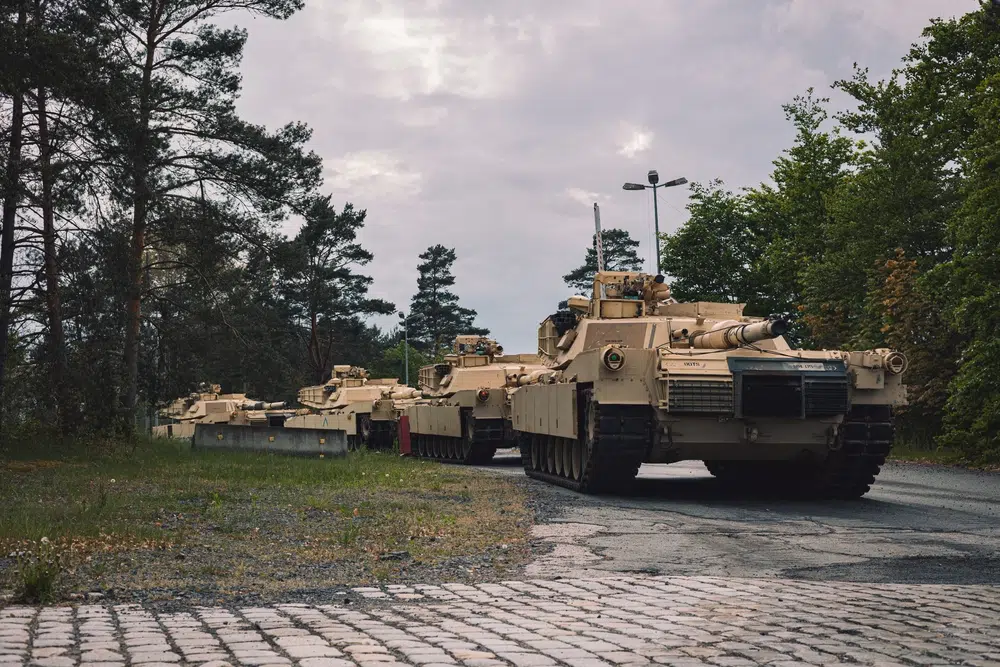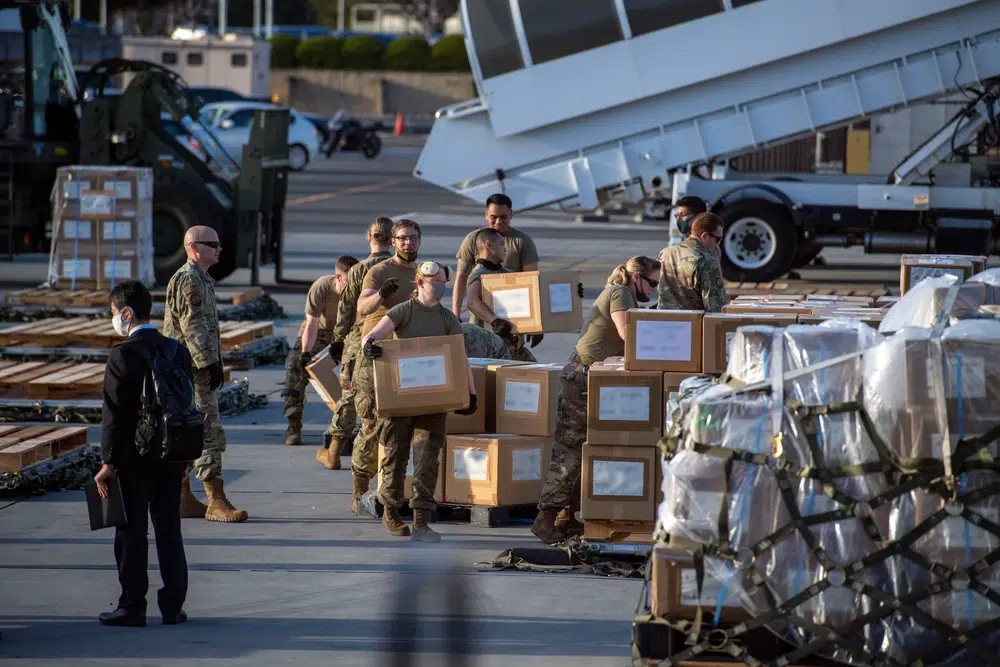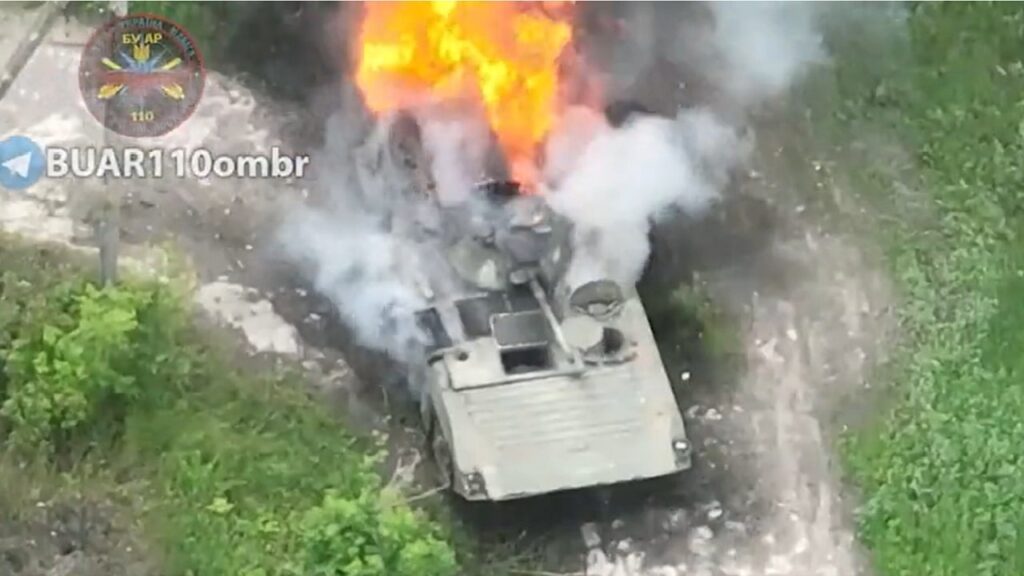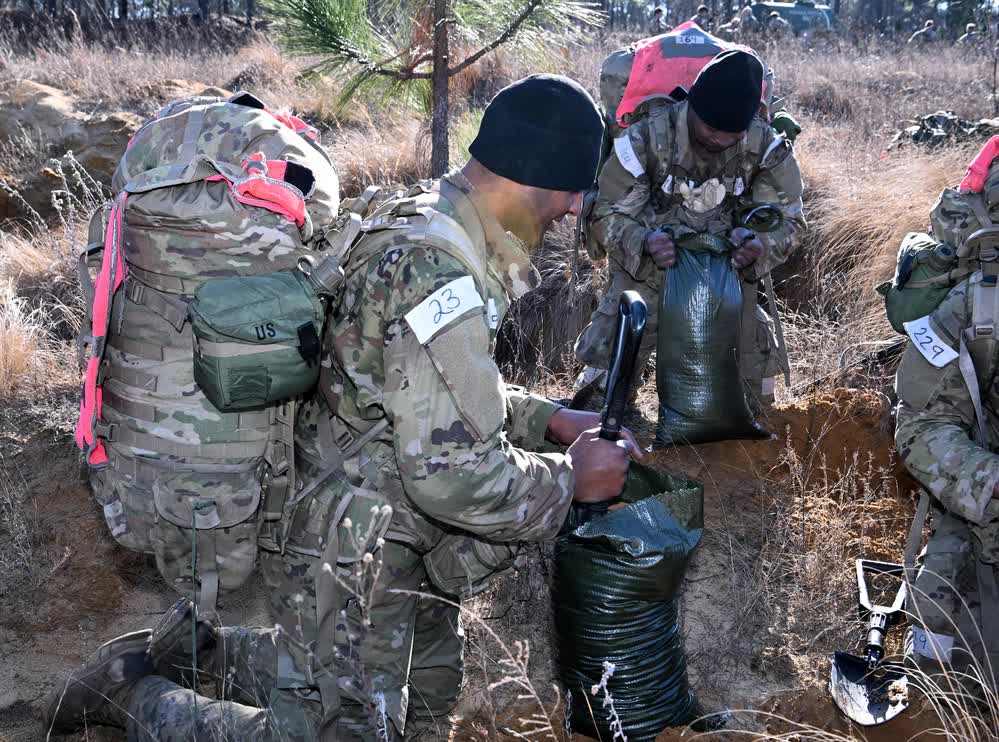A little over 19 months ago, Russia launched its full-scale invasion of Ukraine in what would be the largest conflict on European soil since the end of World War Two.
Considered to be one of the strongest forces in the world at the time, the Russian military invaded with more than 200,000 men and thousands of heavy weapon systems. Russian President Vladimir Putin and his Kremlin advisers – and many analysts in the West – expected a quick in-and-out campaign that would last from three days to a couple of weeks. Indeed, the Russian military and intelligence leadership were more concerned about a potential Ukrainian insurgency rather than the Ukrainian military.
The Ukrainians have fought admirably against all odds. Moscow’s blatant aggression and Kyiv’s success in first stopping and then pushing back the Russian forces motivated the West to help.
Since the full-scale invasion began on February 24, 2022, an international coalition comprised of dozens of countries has provided equipment worth tens of billions of dollars to Ukraine. The United States has led that effort with almost $45 billion and more than 70 different types of weapon systems and munitions.
Tanks, artillery guns, drones, and lots of bullets

U.S. security assistance to Ukraine can be broken down into seven major categories: Air Defense, Fires, Ground Maneuver, Aircraft and Drones, Anti-Armor and Small Arms, Maritime, and Miscellaneous and Support Capabilities.
Some of the weapon systems that have made the difference in the war include the M142 High Mobility Artillery Rocket Systems (HIMARS), MIM-104 Patriot air defense systems, National Advanced Surface-to-Air Missile Systems (NASAMS), M-777 155mm howitzers, M-109 Paladin 155mm self-propelled howitzers, M982 Excalibur precision-strike 155mm munitions, Remote Anti-Armor Mine (RAAM) 155mm munitions, M2 Bradley Infantry Fighting Vehicles, M113 Armored Personnel Carriers, Mine Resistant Ambush Protected Vehicles (MRAPs), M1117 Stryker Armored Security Vehicles, T-72 main battle tanks, Mi-17 helicopters, FIM-92 Stinger anti-aircraft weapons, FGM-148 Javelin anti-tank missiles, Switchblade loitering munitions, Phoenix Ghost suicide drones, High-speed Anti-radiation missiles, Tube-Launched, Optically-Tracked, Wire-Guided (TOW), and AT-4 anti-tank weapons.
These are some interesting facts regarding U.S. military assistance to Ukraine: In total, the U.S. alone has provided Ukraine with an astounding 300 million small arms ammunition and grenades. Moreover, the Pentagon has sent almost 100,000 anti-tank weapons to Kyiv, reflecting the mechanized nature of the conflict. In September, Kyiv received its first M1A1 SA Abrams main battle tanks from a package of 31 armored vehicles. The U.S. provided the funds for the Czech Republic to refurbish and upgrade 45 T-72B Soviet-made tanks and send them to Ukraine. In addition, the U.S. has furnished the Ukrainian forces with more than 3,5 million artillery, rockets, and mortar rounds.
Related: The first M1 Abrams tanks arrive in Ukraine

U.S. military assistance to Ukraine has been coming from two sources: Presidential Drawdown Authority (PDA) and the Ukraine Security Assistance Initiative (USAI). The former allows the Pentagon to draw weapon systems and munitions from its stocks, whereas the latter provides the funds so the Pentagon can go out to the industry and purchase new equipment and munitions for the Ukrainian military.
Both programs have pros and cons. Through the PDA, the U.S. can send Ukraine weapon systems and munitions very quickly – sometimes in only a few days – but it can only send so much before it endangers the military’s readiness and deterrence.
On the other hand, through the USAI, the U.S. can buy new, advanced weapon systems for Ukraine that will ensure a technological and, thus, qualitative advantage over Russia for years to come. However, the downside is that those weapons and munitions often take months and years to be delivered.
The U.S. has been balancing the two programs, ensuring with more PDA packages that Ukraine has the necessary weapons to fight now but also foreseeing future needs with fewer but well-placed USAI packages.
More is needed
And yet, despite the astounding security aid that Ukraine has received from the U.S. and the rest of the West, Kyiv needs more to win and liberate the whole of the country from the Russian occupation.
Recently, the White House indicated that the Ukrainian military will finally receive MGM-140 Army Tactical Missile Systems (ATACMS). Fired by the M142 HIMARS and with a maximum range of almost 200 miles, the ATACMS will bring all the Russian forces within Ukraine within range. Ukraine will also receive F-16 Fighting Falcon fighter jets from the Netherlands and Denmark. The U.S.-made aircraft will help the Ukrainian Air Force to establish air superiority over the battlefield, something that neither side has managed to do in almost two years of conflict.
With no end in sight, the Ukrainian military will need a steady supply of the weapons and munitions that have allowed it to stop the Russian forces in their tracks and push them back. However, for the Ukrainians to win the war, the U.S. and the West should ensure that Kyiv has the advanced capabilities necessary to prevail.
Read more from Sandboxx News
- How serious are ‘War Thunder’s’ classified document leaks?
- Complete the mission or follow the rules? Air Force tests AI in flight experiment
- The Navy SEALs’ two original and little-known missions
- The US Intelligence Community has a new strategy for the future
- How will I do when that time comes? Men in combat


